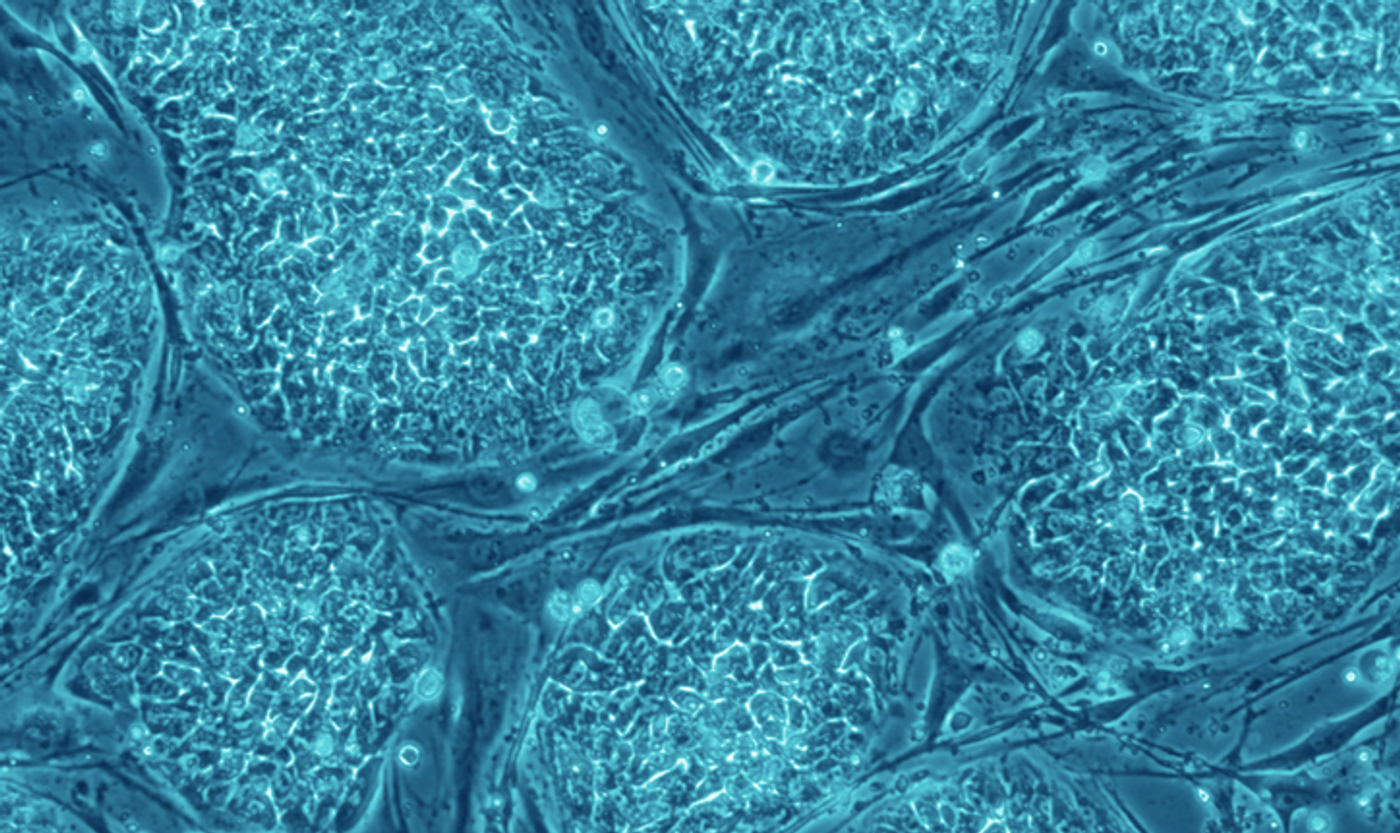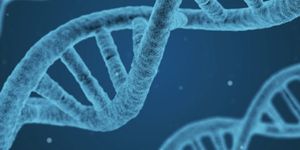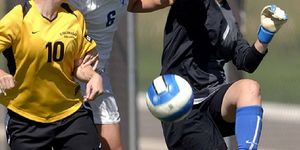In a First, Stem Cell Therapy for Parkinson's in Human Patients
A clinical trial that is the first of its kind has been started in Japan. In an effort to treat Parkinson’s disease, scientists will first use banked materials to create induced pluripotent stem (iPS) cells, which will then generate dopaminergic progenitors. Those will be put into the brains of patients where they will grow into neurons that make dopamine, to try to reduce the neural degeneration that is a hallmark of Parkinson’s disease.
It’s been established that the disease happens when nerves in the brain that produce dopamine, a neurotransmitter, die off. That disrupts motor function and makes it hard for affected individuals to walk; they also experience tremors. Dementia sets in later.
Announced in July, scientists at Kyoto University's Center for iPS Cell Research and Application (CiRA) and Kyoto University Hospital aimed to recruit seven patients, who would be tracked for two years after their procedure was completed.
To make iPS cells, which act as a kind of generic cell that is capable of specializing to become any type of cell in the body, a Nobel-prize winning technique is applied to reprogram those cells. By manipulating the expression of a few genes, skin cells turn into iPS cells.
This trial will be slightly different from some others in that it will use donated cellular material rather than stuff taken from the patient. The researchers expect that the match will still be close enough, and there will not be an adverse reaction.
After the iPS cells are used to create dopaminergic progenitors, they get injected into the putamen, at the base of the forebrain. Two small holes have to be drilled into the patient’s skull. The scientists will then inject around five million of the engineered cells.
It will be faster and more cost effective to generate the cells they need from stocks, Science reported in 2017. It could open up new therapeutic options for a far greater number of people as well. Instead of having to wait to treat cells removed from a patient, banked cells could be applied almost immediately.
To that end, Shinya Yamanaka, who pioneered the iPS technique and won the Nobel, is creating an iPS bank. Donors and recipients can be matched by checking three genes that help encode for an important molecule in the immune system, the human leukocyte antigens (HLAs), which sit on the outside of cells and trigger an immune response.
Researchers remain cautious but hopeful that many diseases might be treatable with stem cell techniques.









